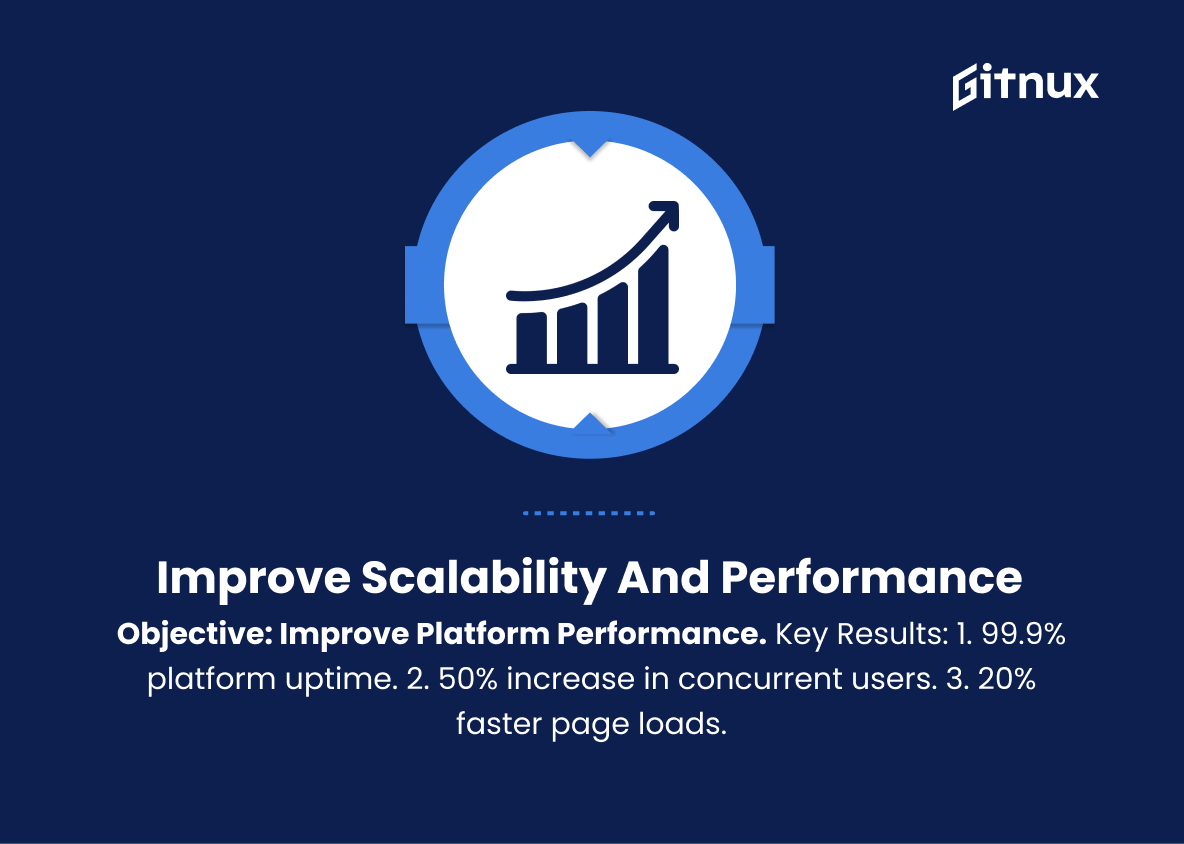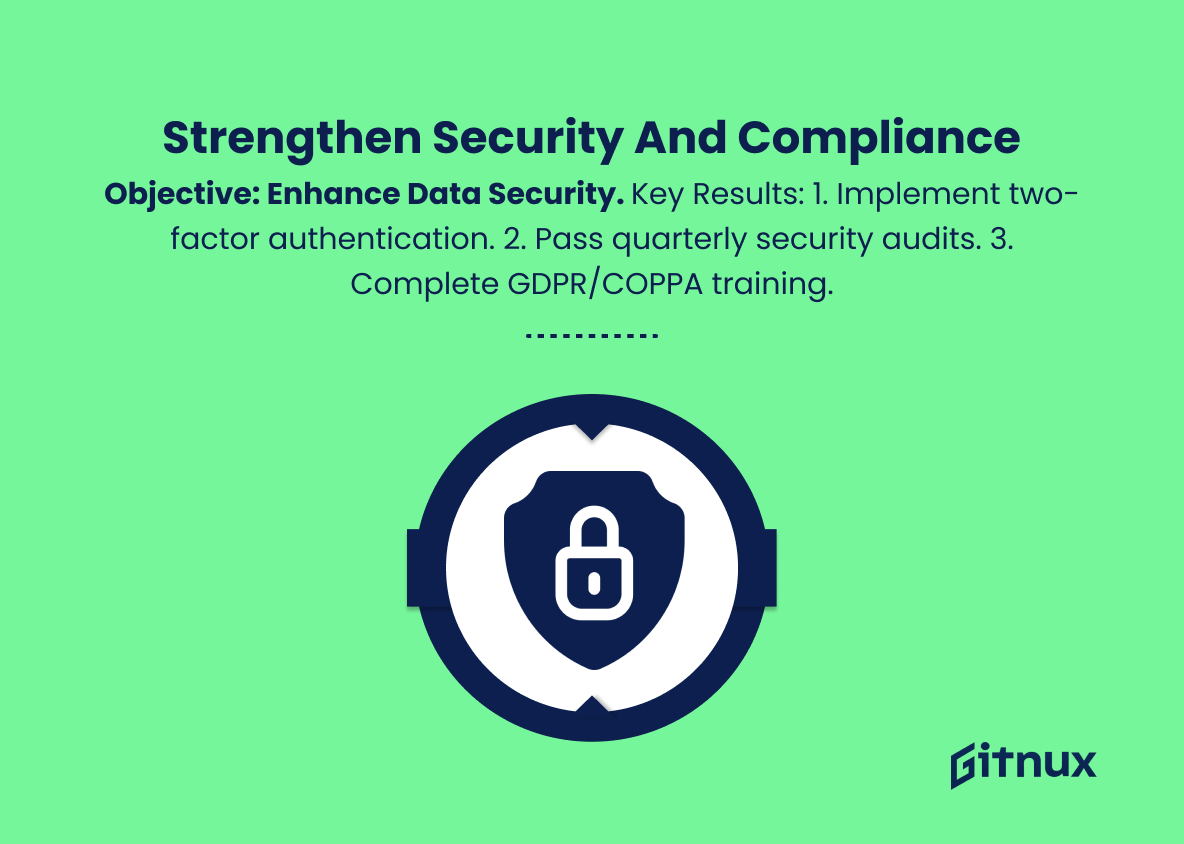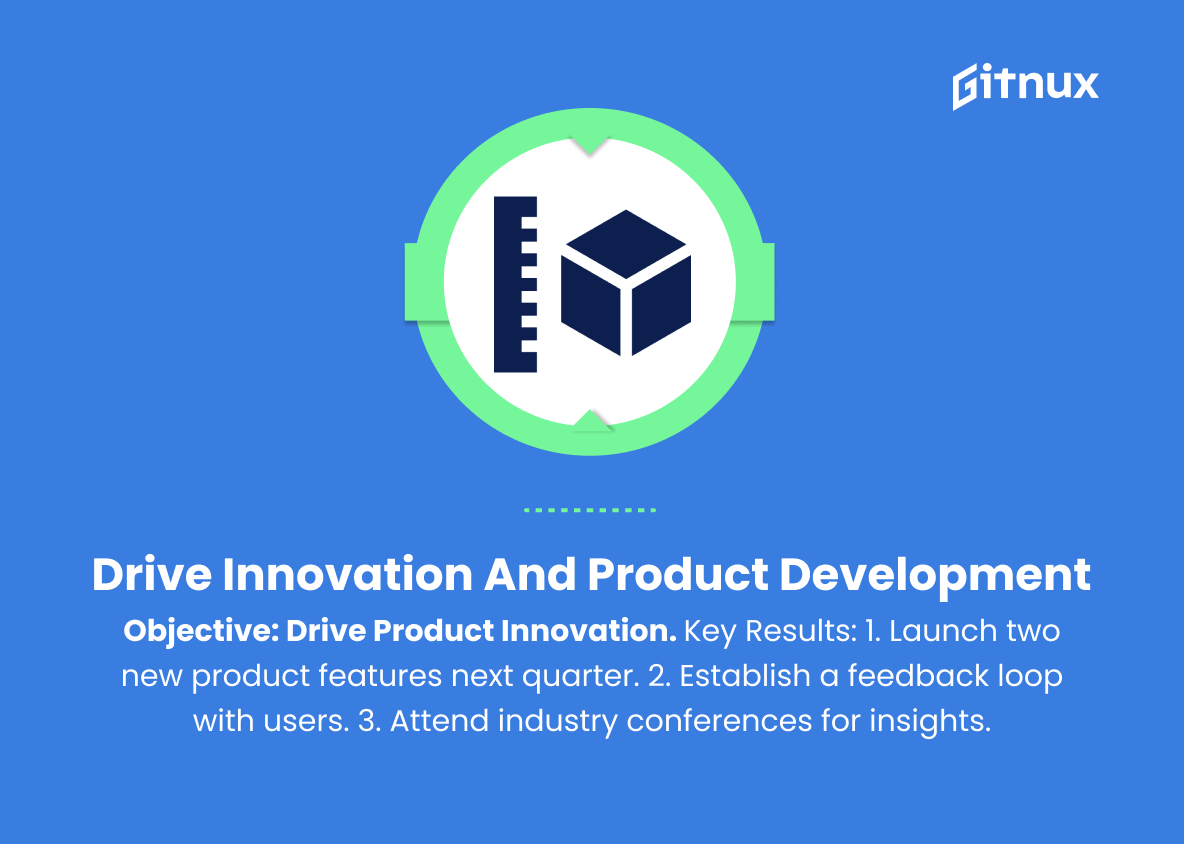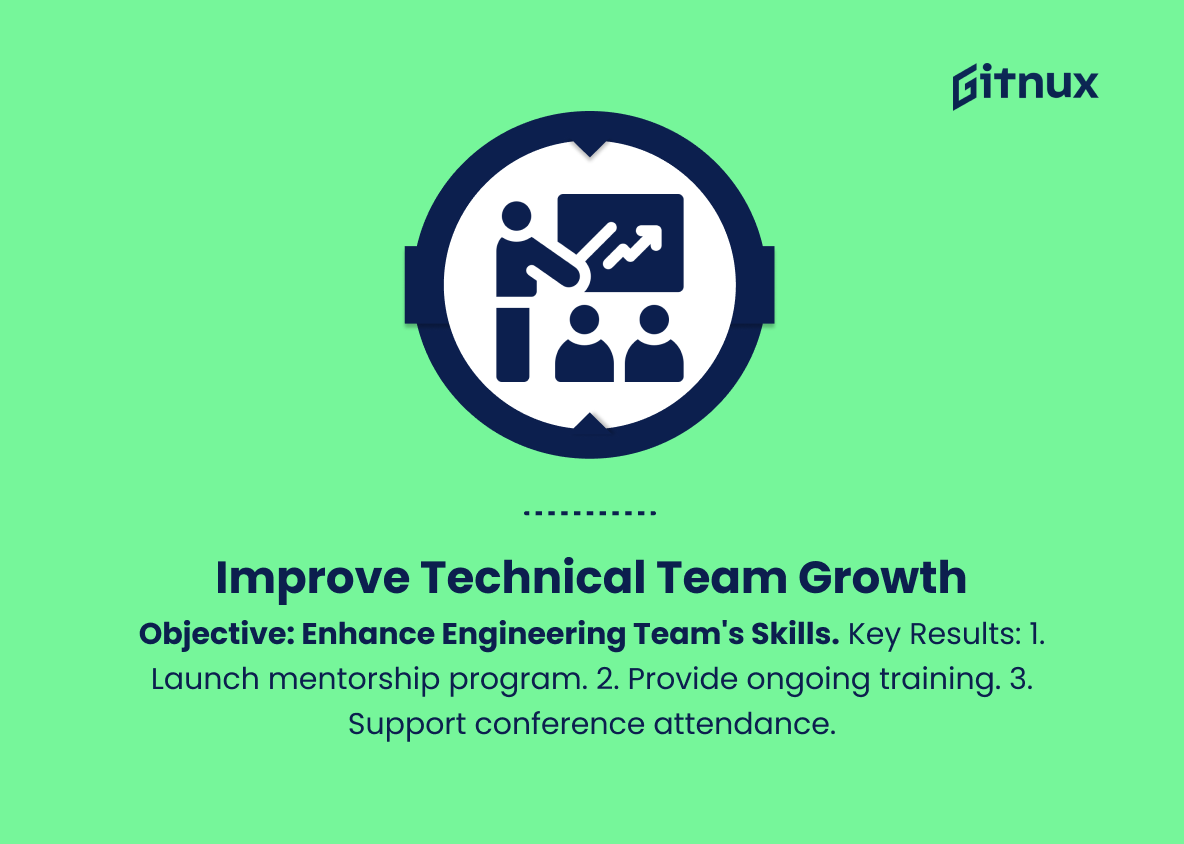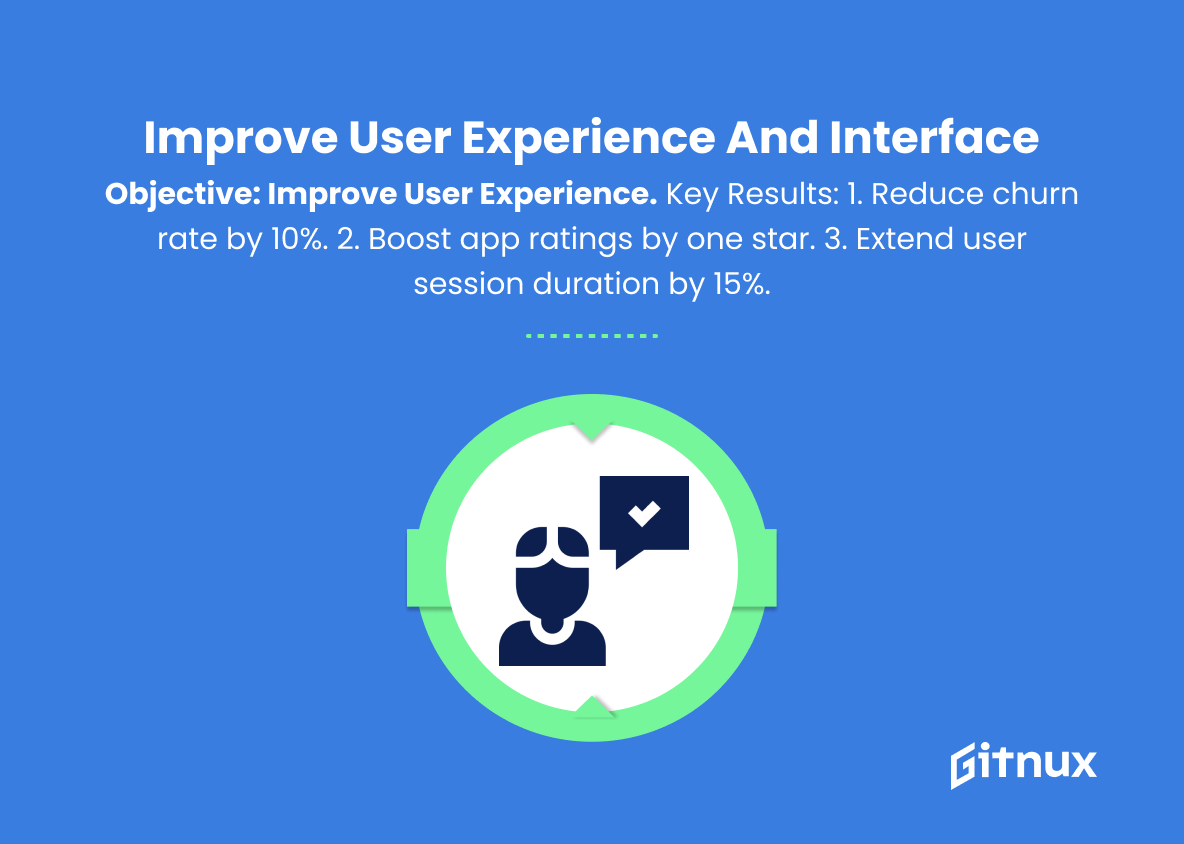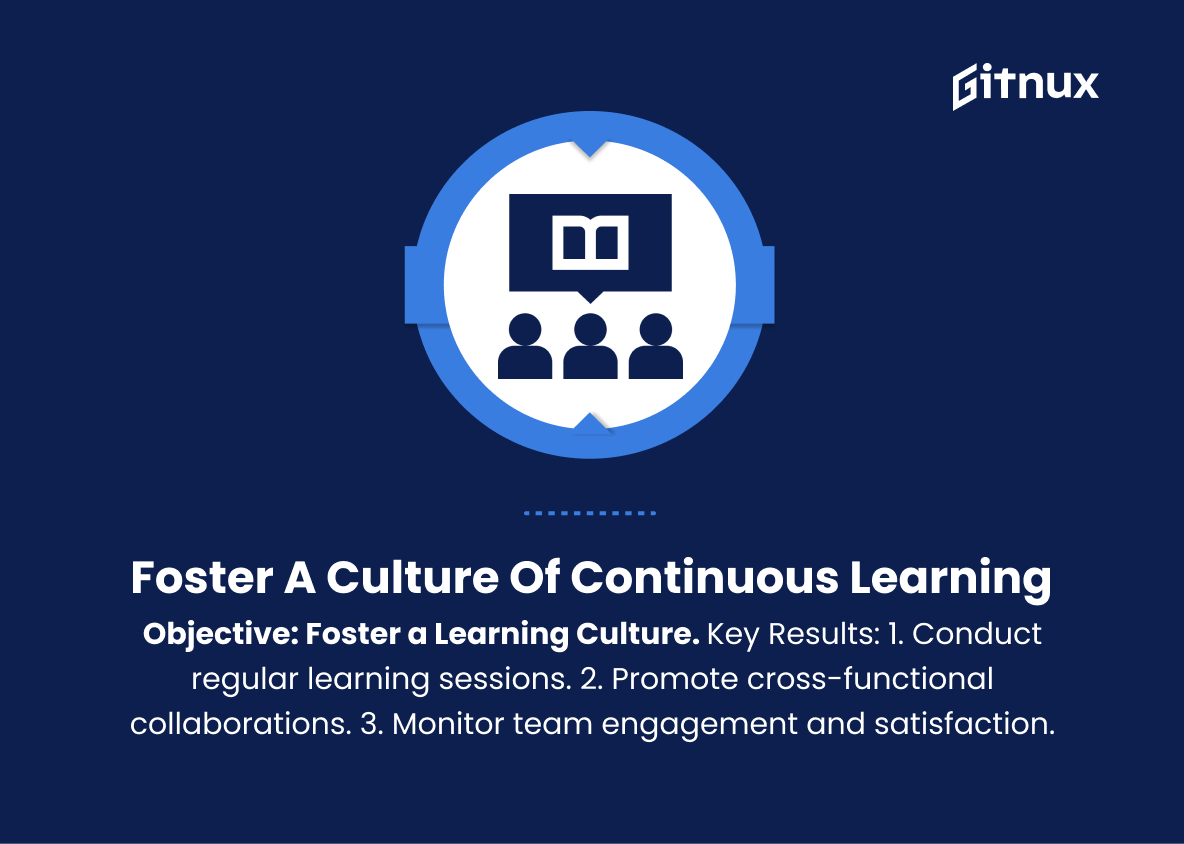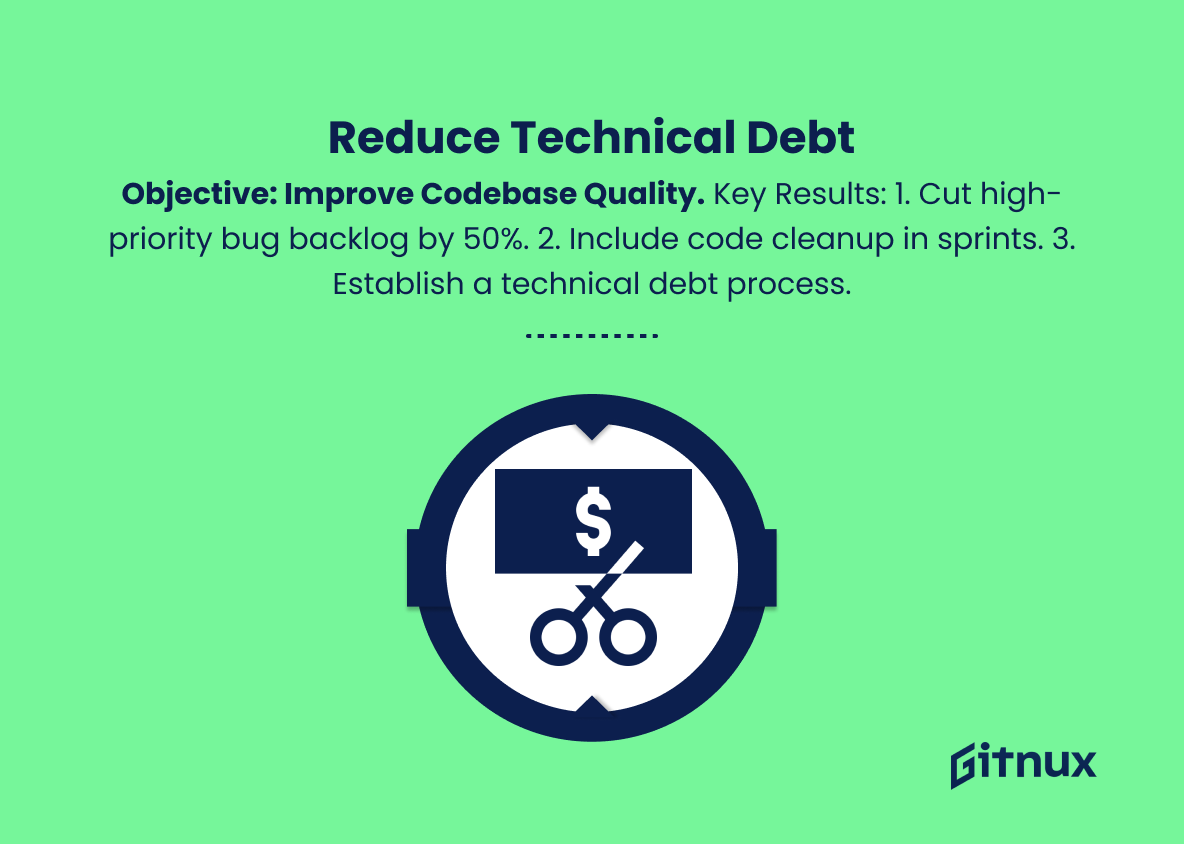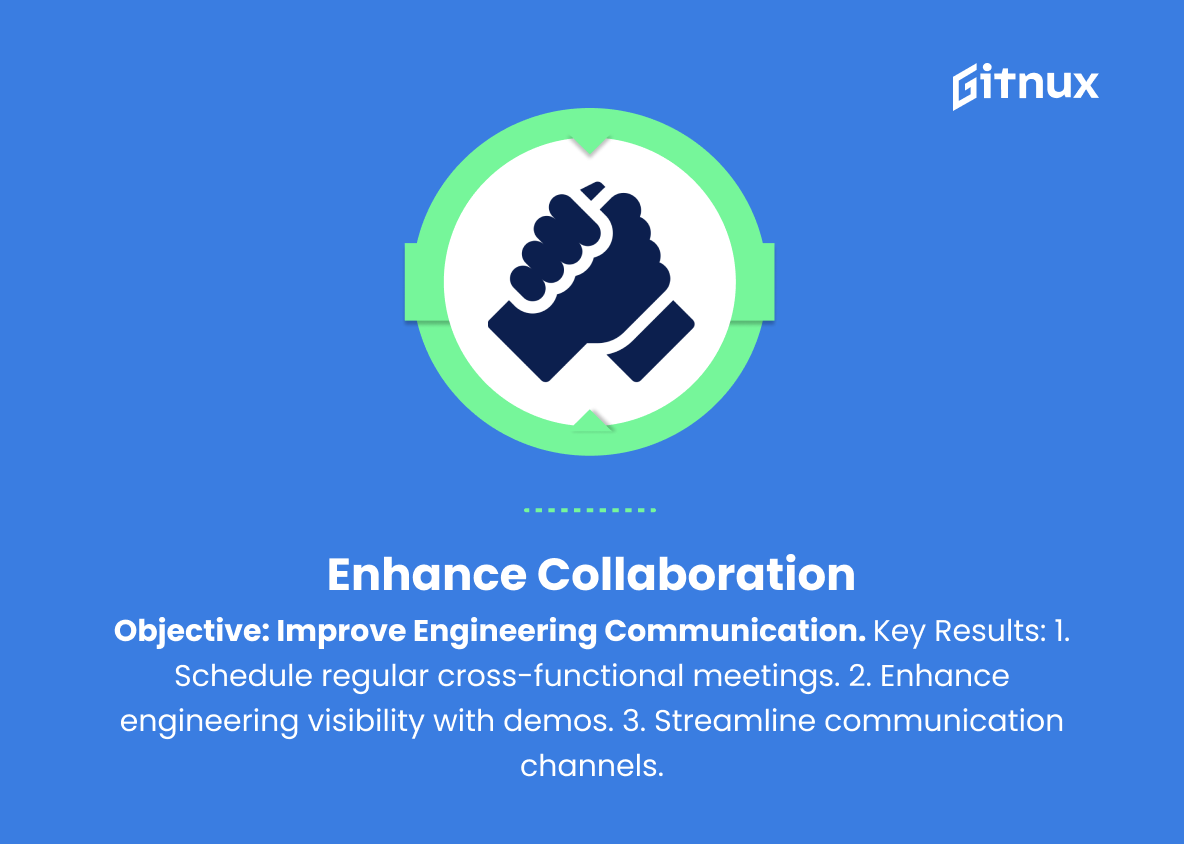In today’s rapidly evolving business landscape, the need for strong leadership and strategic direction is of paramount importance. For any organization to thrive and stay ahead in this competitive environment, CEOs and CTOs must work together to set and achieve clear objectives. One of the most effective and comprehensive tools used to define these objectives are Key Result Areas (KRAs) and their measurable counterparts, Objectives and Key Results (OKRs).
In this insightful blog post, we will explore the significance of CTO OKRs, their critical role in shaping strategies, aligning teams, and driving holistic growth within organizations. Join us as we delve into understanding the essence of CTO OKRs and how they can elevate your organization’s performance and accelerate success.
CTO OKRs You Should Know
1. Improve Scalability and Performance:
Objective: Enhance the platform’s capacity to handle increased user traffic without impacting performance.
Key results:
– Achieve 99.9% platform uptime.
– Increase maximum concurrent user capacity by 50%.
– Reduce average page load time by 20%.
2. Strengthen Security and Compliance:
Objective: Protect user data and minimize security risks to meet industry standards and regulations.
Key results:
– Implement two-factor authentication for user accounts.
– Successfully pass all quarterly security audits.
– Complete GDPR/COPPA compliance training for the engineering team.
3. Drive Innovation and Product Development:
Objective: Accelerate product innovation by leveraging the latest technological advancements.
Key results:
– Launch at least two innovative product features within the next quarter.
– Implement a continuous feedback loop between the engineering team and users.
– Attend industry conferences and integrate relevant learnings into the product roadmap.
4. Optimize Engineering Processes:
Objective: Streamline engineering processes to improve collaboration, efficiency, and product quality.
Key results:
– Decrease code review turnaround time by 25%.
– Implement DevOps best practices to increase deployment frequency by 40%.
– Increase automated test coverage to 90%.
5. Enhance Technical Talent and Team Growth:
Objective: Develop the technical skills and capabilities of the engineering team.
Key results:
– Implement a mentorship program between senior and junior engineers.
– Invest in ongoing training for engineers to learn new programming languages or technologies.
– Provide engineers with opportunities to attend industry conferences or workshops.
6. Improve User Experience and Interface (UI/UX):
Objective: Enhance overall user experience by optimizing user interface and flow.
Key results:
– Decrease user churn rate by 10% through improved UI/UX.
– Increase mobile app user ratings by one star.
– Increase the average user session duration by 15%.
7. Foster a Culture of Continuous Learning:
Objective: Create an agile, learning-driven culture within the engineering team.
Key results:
– Establish regular learning sessions or internal workshops focusing on new technologies or tools.
– Encourage cross-functional collaborations to share knowledge and experiences.
– Measure and track team engagement and satisfaction levels.
8. Reduce Technical Debt:
Objective: Decrease the number of unresolved bugs or issues to maintain a clean and efficient codebase.
Key results:
– Reduce backlog of high-priority bugs by 50%.
– Allocate time for refactoring or code cleanup in each sprint.
– Implement a standardized process for identifying and assessing technical debt.
9. Improve Communication and Collaboration:
Objective: Enhance communication within the engineering team and across departments removing silos.
Key results:
– Implement regular progress reports and cross-functional team meetings.
– Increase engineering visibility through internal demos or showcases.
– Establish clearer communication channels both within the engineering team and with other departments.
CTO OKRs Explained
The CTO OKRs are crucial to support business growth and maintain a competitive edge. Improving scalability and performance ensures the platform can handle increased user traffic while maintaining a seamless experience. Strengthening security and compliance protects users and adheres to industry regulations, promoting trust and reliability.
Driving innovation and product development helps the company stay relevant and ahead of the competition by continuously introducing new features. Optimizing engineering processes fosters collaboration, efficiency, and product quality, ultimately resulting in faster product delivery. Enhancing technical talent and team growth elevates the skillset of the engineering team, ensuring they are equipped to tackle new challenges. Improving the user experience and interface nurtures user loyalty and satisfaction, leading to better customer retention.
Fostering a culture of continuous learning creates an agile, adaptive team that stays updated with the latest technologies. Reducing technical debt maintains a clean and efficient codebase, allowing for easier maintenance and updates. Finally, improving communication and collaboration fosters a supportive and responsive working environment that ensures the smooth execution of projects and coordination between different departments.
Conclusion
In closing, CTO OKRs play a crucial role in driving the performance, innovation, and success of technology-oriented organizations. By establishing clear objectives and measurable outcomes, they help align teams, prioritize projects, and encourage a growth mindset.
As a CTO, it’s essential to invest time and effort into the development and implementation of OKRs that truly reflect your organizational goals and inspire your team to push the boundaries of its potential. By doing so, you not only pave the way for a brighter future for your company but also contribute to the continuous evolution of the tech industry as a whole.
